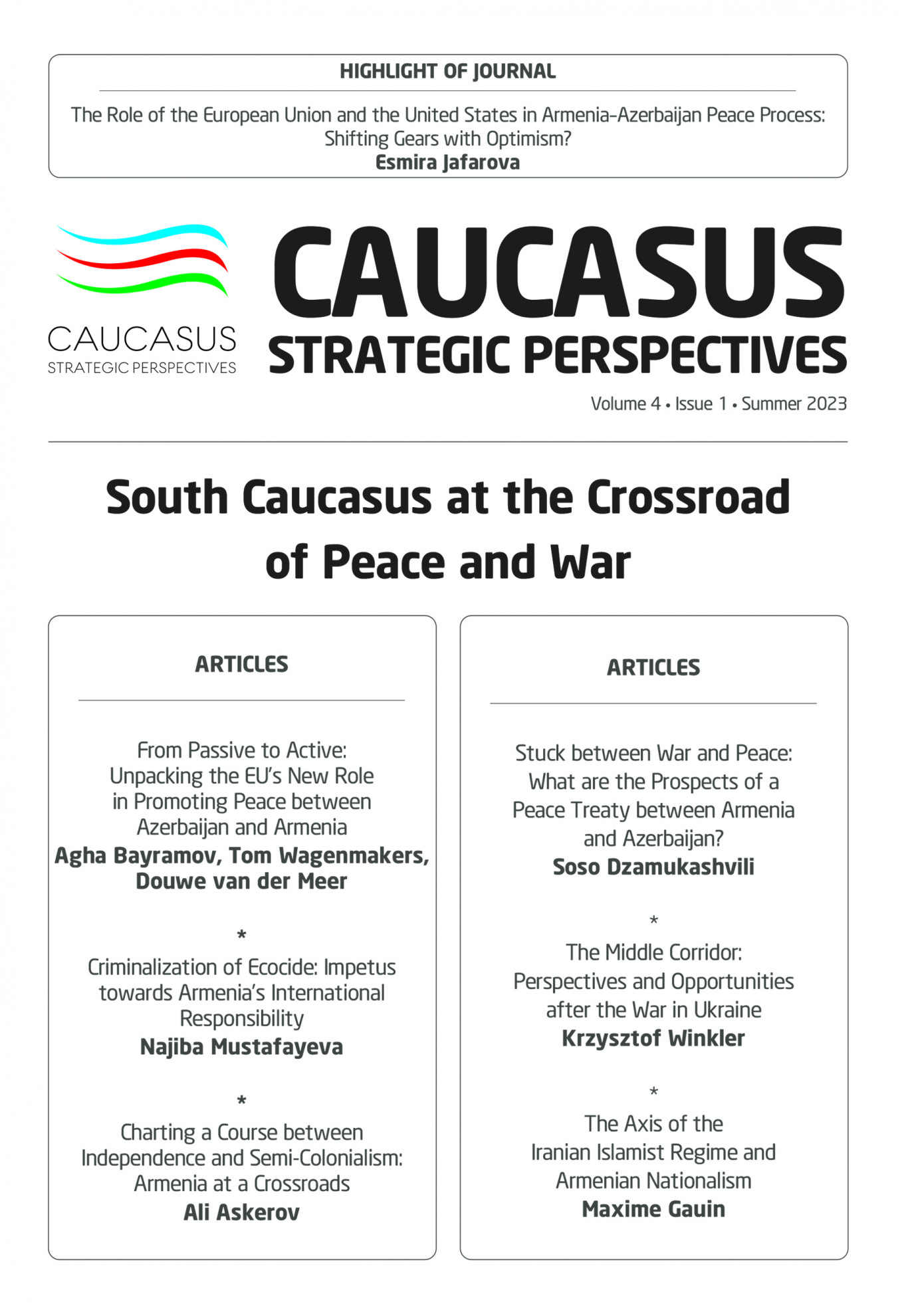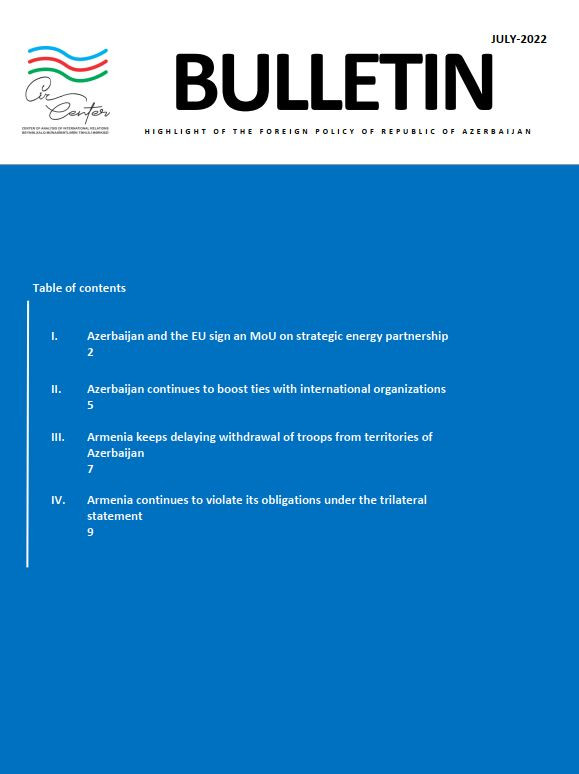On June 19, Armenia's Public Services Regulatory Commission (PSRC) approved new natural gas prices for consumers. It is the first time after 2016 PSRC changed gas prices and it happened due to change of gas price that Russia sells to Armenia. After the Russia increased the price from $150 per thousand cubic meters to $165 in early 2019 Gazprom Armenia, - a wholly-owned subsidiary of Gazprom that supplies the natural gas to Armenian market – kept prices same for a long time. However, COVID-19 related economic problems worsened the financial situation of the company and induced it to offer new gas prices for Armenian consumers.
On April 1, Gazprom Armenia announced that it would ask the PSRC to revise the prices of natural gas supplied to different categories of consumers. The company wanted to apply fixed price (270 USD per thousand cubic meters of gas) to all consumers which could result in substantial price increase for the households and consumers who are entitled to social allowances (about 35%). However, in view of the COVID-19 related economic problems, the offered changes to gas prices were unacceptable for the government. After the government failed to achieve any results from talks with the officials of Russian government and Gazprom, PSRC approved changes but totally different from changes that was offered by Gazprom Armenia.
In order to prevent possible social discontent in Armenia owing to this issue, PRSC did not change gas prices for households and consumers who are entitled to social allowances. According to the new changes after the July 19, the price of gas for agricultural companies will increase from $212 to $224 per 1,000 cubic meters and for consumers who use more than 10,000 cubic meters of gas per month will increase from $242 to $256. As a result, average weighted price of 1,000 cubic meter of gas will be set at $266.7, $16.43 below the price that Gazprom Armenia had proposed. Unlike the proposals of Gazprom Armenia, the new changes put the burden of the increased gas prices mostly on private sector.
Despite fact that with these accepted new changes the government was able to protect citizens from the adverse effects of increasing gas prices, these changes will nevertheless have other negative economic implications in the long run. The main problem that price changes will lead to is unemployment. Because of the new gas prices Gazprom Armenia will have to lay-off about 50% of its personnel (about 3500 employees) in order to ensure financial stability, thus increasing the number of unemployed people in Armenia for about 5.8%. Taking into account already high unemployment rate (17% in 2019) in Armenia even before the pandemics, the new lay-offs will substantially increase social resentment in the country.
New gas prices will also restrict the scale of financial operations of Gazprom Armenia and will lead to decreasing tax payments of the company. In 2019 Gazprom Armenia was the third biggest taxpayer in Armenia (it payed $91.65 million taxes) and significant decrease of tax payments by the company will negatively affect the budget revenues. Even before the approval of new gas prices Armenia already had problems with implementation of budget project of 2020 because of declining tax collection, as the economic activity has significantly slowed in the period of pandemics. Therefore, declining tax collection from Gazprom Armenia will deepen the budget-related problems of the government.
Another economic problem that new gas prices will create is inflation. As the new changes will also increase the gas related expenses of the companies it will be manifested in the increasing prices of the products that they produce. This is particularly true about the products by agricultural companies as increasing prices of these products will have substantial impact on daily expenses of the population.. According to the Statistical Committee of Armenia, because of the pandemics in June alone inflation increased about 41% and reached 1.7%. As in the period of economic crises the inflation tends to decrease Armenia could face deflation in the coming months. However, after the pandemic-related restrictions will be lifted the inflation will increase negatively affecting the purchasing power of population.
All these side effects of the accepted new gas prices show that Armenian government was not able to prevent negative economic effects of changes in gas prices. By modifying the original changes proposed by Gazprom Armenia and diverting them from citizens to companies, the government did not manage to solve the economic problems. While It gives an opportunity to Armenian government to propagate the accepted changes in gas prices as a success because it minimized their impact on citizens, however, in the long run people will feel the negative effects of higher gas prices in their daily lives which could increase social discontent in the country.
https://news.az/news/how-will-the-gas-price-changes-affect-armenian-economy








